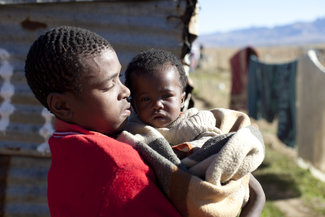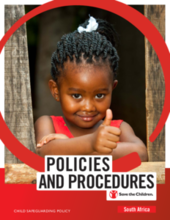

Displaying 231 - 240 of 575
The objective of this study was to assess the impact of ‘Parenting for Lifelong Health: Sinovuyo Teen’, a parenting programme for adolescents in low-income and middle-income countries, on abuse and parenting practices.
The purpose of this Scope of Work is to assess and document Quality Improvement (QI) implementation process in relation to Catholic Relief Services (CRS) OVC Project.
This article reports on a systematic review of research on residential care-leaving in South Africa, from 2003 to 2016.
This paper discusses some of the challenges facing care leavers and the development of the care-leaving debate, legislation and policy in the United Kingdom, United States and Australia. A comparison of the care-leaving arena in South Africa and the support services available to care leavers in the different countries will be presented.
A recent costing study investigating the social burden and economic impact of violence against children in South Africa found notable reductions to mental and physical health outcomes in the population if children were prevented from experiencing violence, neglect and witnessing family violence.
This document includes protocols, procedures and guidelines for anyone within Save the Children South Africa to prevent and respond to child protection concerns when they arise.
This study explored the perceptions of experts and guardians regarding the early onset of misbehaviour in male, at-risk children in child and youth care centres in South Africa.
The paper articulates accomplishments of child and youth care centres in providing care and support to children identified to be at risk of significant harm in Soweto, South Africa.
This paper focuses on how the Family Assessment for Least Developed Countries (FA-LDC) instrument can be used as evidenced-based practice to assist social workers in statutory investigations.
This research provides insight into the current intervention strategies used by social workers in emergency child protection, whereby children are removed from their caregivers as a result of abuse and are placed at child and youth care centres.



